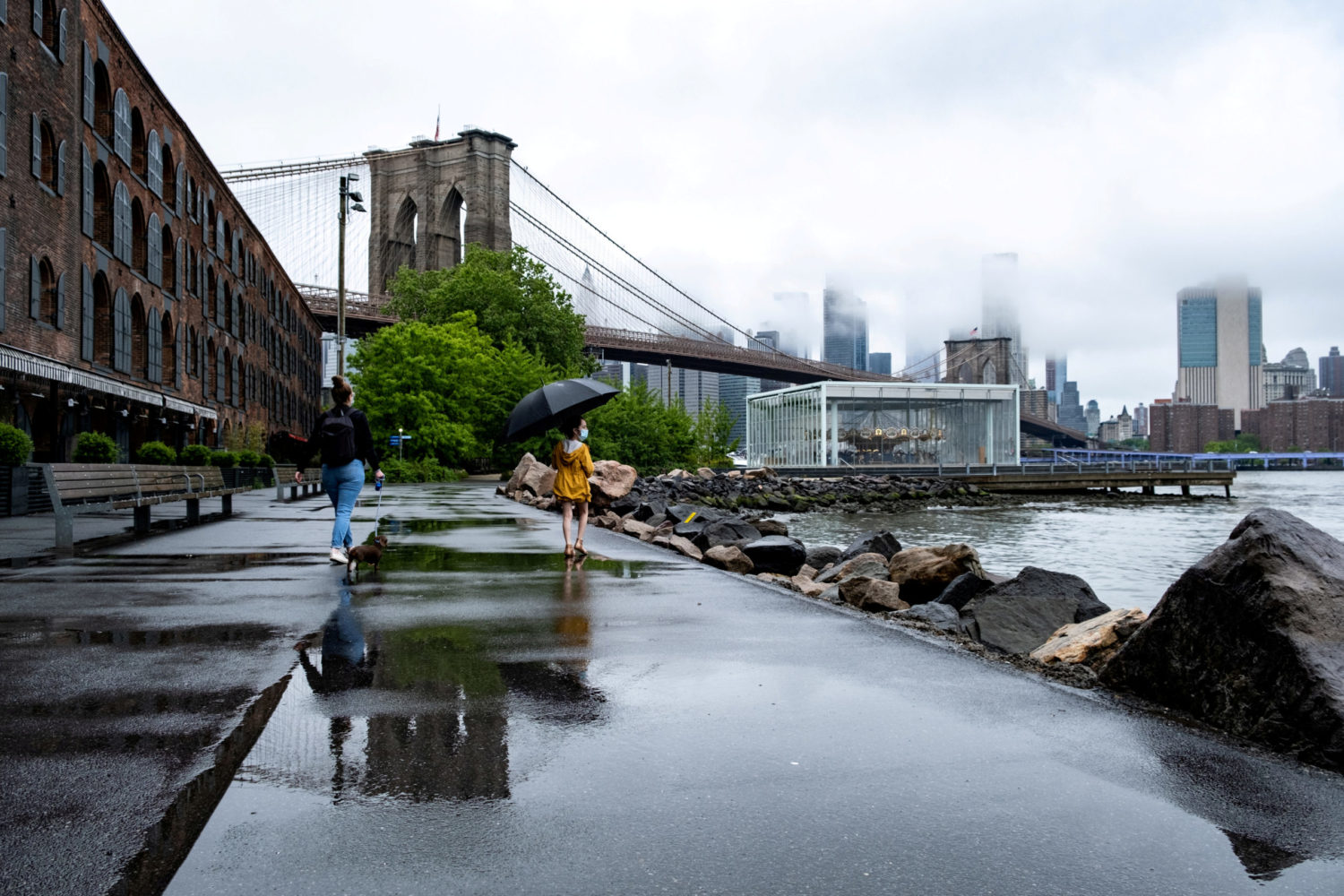
By Joseph Ax
(Reuters) – The Nov. 3 contest between President Donald Trump and Democratic challenger Joe Biden has generated an unprecedented wave of election-related litigation, as both sides seek to shape the rules governing how votes are tallied in key states.
With 40 days left, the court clashes have spread to every competitive state amid the coronavirus pandemic, which has fueled pitched battles over seemingly mundane issues such as witness signatures, U.S. mail postmarks and the use of drop boxes for ballots.
Trump’s unfounded attacks on voting by mail and delivery delays amid cost-cutting measures at the U.S. Postal Service have only intensified the urgency of the litigation.
A Reuters analysis of state and federal court records found more than 200 election-related cases pending as of Tuesday. Overall, at least 250 election lawsuits spurred by the coronavirus have been filed, according to Justin Levitt, a Loyola Law School professor who has been tracking the litigation.
The pandemic has turned what were once minor hurdles, such as witness signature requirements, into potentially major obstacles, while exacerbating existing concerns.
“In the past, long lines would be disenfranchising or deterring, but in this case they can be deadly,” said Myrna Perez, who directs the voting rights and elections program at New York University’s Brennan Center for Justice.
Democrats generally have sought to ease restrictions on mail ballots, which are surging as voters want to avoid the risk of visiting in-person polling sites.
“The Biden campaign has assembled the biggest voter protection program in history to ensure our election runs smoothly and to combat any attempt by Donald Trump to interfere in the democratic process,” Mike Gwin, a Biden spokesman, said.
Republicans say they are trying to prevent illegal voting, although experts say voter fraud is exceedingly rare.
“Democrats are working to shred election integrity measures one state at a time, and there’s no question they’ll continue their shenanigans from now to November and beyond,” said Matthew Morgan, general counsel for the Trump campaign.
A flurry of court decisions this month have delivered several Democratic wins, although many remain subject to appeal. In the key states of Michigan, Pennsylvania, Wisconsin and North Carolina, officials will count ballots that arrive after Nov. 3, as long as they were sent by Election Day.
Several pending cases, including in competitive Texas, Pennsylvania and Michigan, could have a major impact on those states’ elections.
In Pennsylvania, for instance, Republicans will ask the U.S. Supreme Court to step in after the state’s highest court rejected their bid to limit drop boxes and disqualify late-arriving ballots. The Trump campaign is pursuing a separate federal lawsuit over some of the same issues.
In Texas, state Attorney General Ken Paxton, a Republican, has sued officials in Harris County to stop them from sending absentee ballot applications to all voters. The county, which includes Houston, is the state’s most populous, with nearly 5 million residents.
Republicans prevailed in several earlier cases.
In Florida, a federal appeals court blocked hundreds of thousands of ex-felons from voting in November. In Texas, where only those 65 years and older can vote by mail without having to provide a valid reason such as disability, a series of court rulings have stymied Democratic efforts to extend that right to all residents.
SUPREME COURT BATTLE TO COME?
The influx of cases may also be a preview of what is to come after Nov. 3, when new fights could arise over which ballots should be counted.
Both campaigns have assembled armies of lawyers in preparation.
The Biden campaign has lined up hundreds of attorneys and has brought in top lawyers like former U.S. Solicitors General Donald Verrilli and Walter Dellinger and former Attorney General Eric Holder as advisers.
Marc Elias, the Democratic attorney who has coordinated many election lawsuits this year on behalf of left-leaning groups, is heading a team focused on state-by-state voter protection.
Trump’s campaign, for its part, has filed multiple challenges to states like Nevada and New Jersey that plan to mail a ballot to every voter.
Some Democrats are concerned that if Republicans succeed in getting a successor to the late liberal Justice Ruth Bader Ginsburg on the Supreme Court before the election, it will ensure Trump wins any dispute that ends up at the high court.
The Supreme Court’s decision in 2000 to stop the Florida recount handed the presidency to Republican George W. Bush, the only time the high court has decided the outcome of a U.S. presidential election.
Trump has seemingly laid the groundwork for a post-election fight, repeatedly asserting without evidence that voting by mail will yield a “rigged” result.
On Wednesday, the president said explicitly that he wanted to have Ginsburg’s successor in place because he expects the election to end up at the Supreme Court.
Levitt, the law professor tracking the cases, said he still trusted that judges would reject challenges not backed by evidence.
“Filing a case costs a few hundred dollars and a lawyer, and can often be useful for messaging,” he said. “But courts of law demand evidence that the court of public opinion doesn’t.”
(Reporting by Joseph Ax; Additional reporting by Jan Wolfe and Disha Raychaudhuri; Editing by Noeleen Walder and Peter Cooney)












